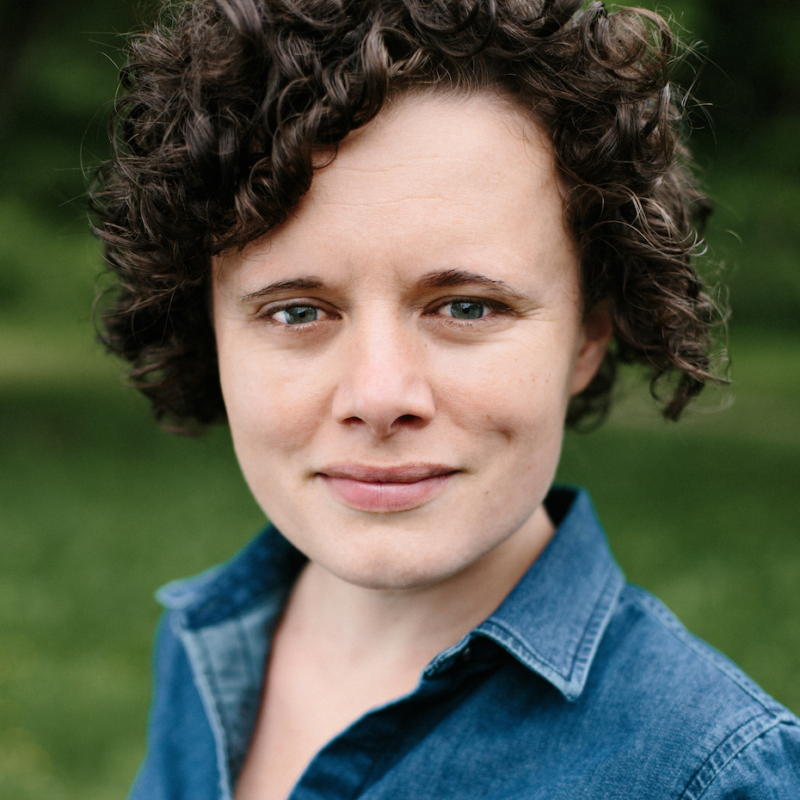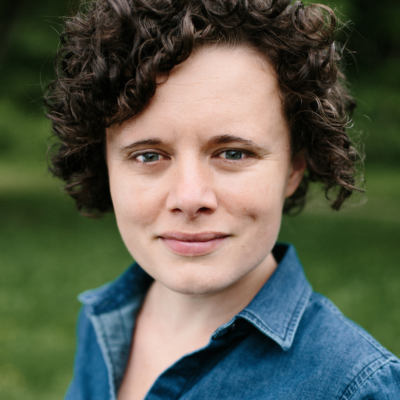Interspecies sexual relations are typically reserved for the seedier parts of the Internet, but Live Arts addresses them head-on in the Upstage production of Edward Albee’s The Goat, or Who Is Sylvia? Chronicling two days in the life of Martin Gray, an award winning architect who happens to be having an affair with a goat, Albee’s intense exploration of a marriage gone awry starts off far funnier than it should be, and ends with a devastating scene that stunned the opening night audience into silence.
 Can you guess which one of these folks is boinking a barnyard animal? Live Arts makes Albee’s The Goat a swift, ferocious show. |
The actors carry almost all the weight of the play’s intense plot, and each responds fantastically. Bill LeSueur (by day, C-VILLE’s art director), who plays Martin, always hints at the emotional void within him. Even after his secret is revealed to Ross (Stewart A. Moneymaker), a journalist, and Stevie (Daria T. Okugawa), his wife, he continues to react like a wounded animal—lashing out at his family and struggling to come clean with both himself and his family about his relationship with a goat named “Sylvia.” Stevie, for her part, expertly navigates the line between emotional distress and pity. Though she gets to do some comedy, especially in the first act, Okugawa steps into the role as she is forced to jump between impossible hoops—fiercely angry and flinging furniture around at one moment, vulnerable and bewildered the next.
The other actors, Moneymaker and Casey Wagner (who plays Martin’s son Billy), keep the play moving. Billy’s scene of semi-reconciliation with his father in the final act is heartbreaking to watch, while Moneymaker’s Ross cannot comprehend his best friend’s life, or how he forced it to fall apart.
The set design (by local architect Gate Pratt) is simple and restrained, though it feels extravagant compared to other Upstage productions. Set up as a living room with modern furniture and hearth facing the audience, it brings every viewer into the Gray family living room. Scott Keith’s lighting design does a great job as well, highlighting the voids left behind as Stevie systematically tears her home apart.
Ray Nedzel, the director, keeps his touch light during the first two acts of the play, drawing the humor out from Albee’s script. But, as Stevie remarks at one point, when the joke stops being funny, the desperation swarms in. The comedy in Albee’s play stands in stark contrast to the emotional wreckage that follows, and is all the more powerful as a result.





